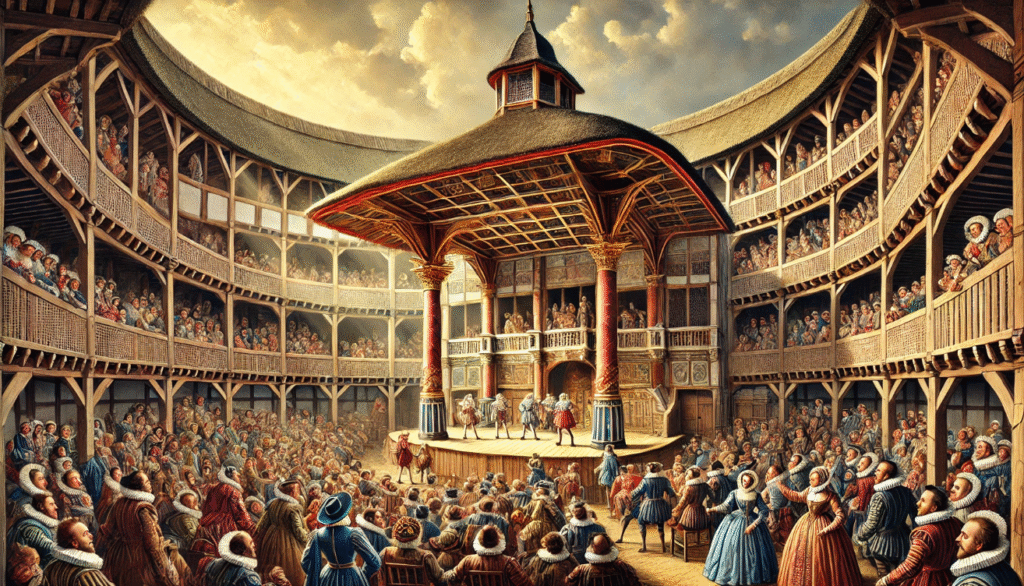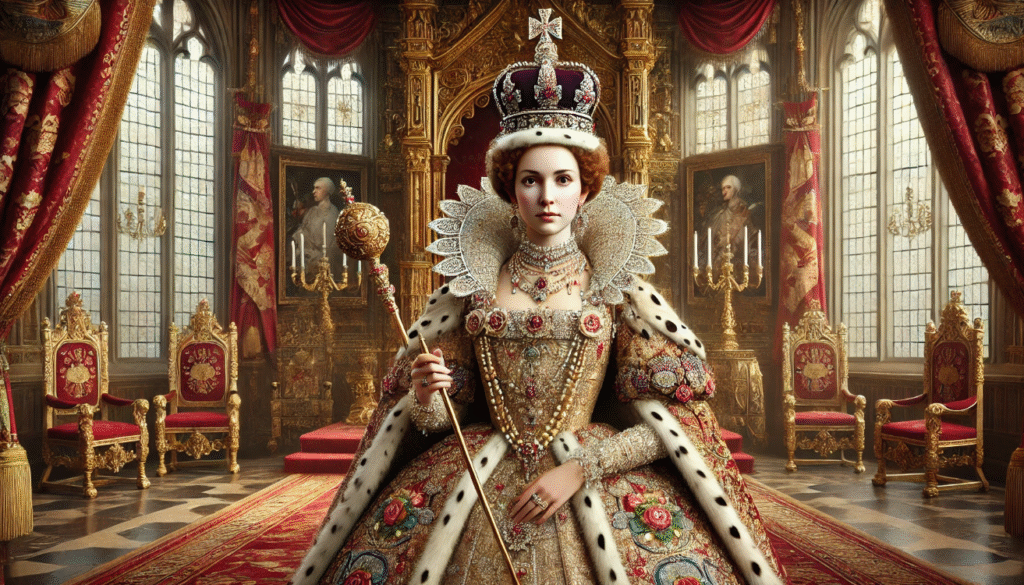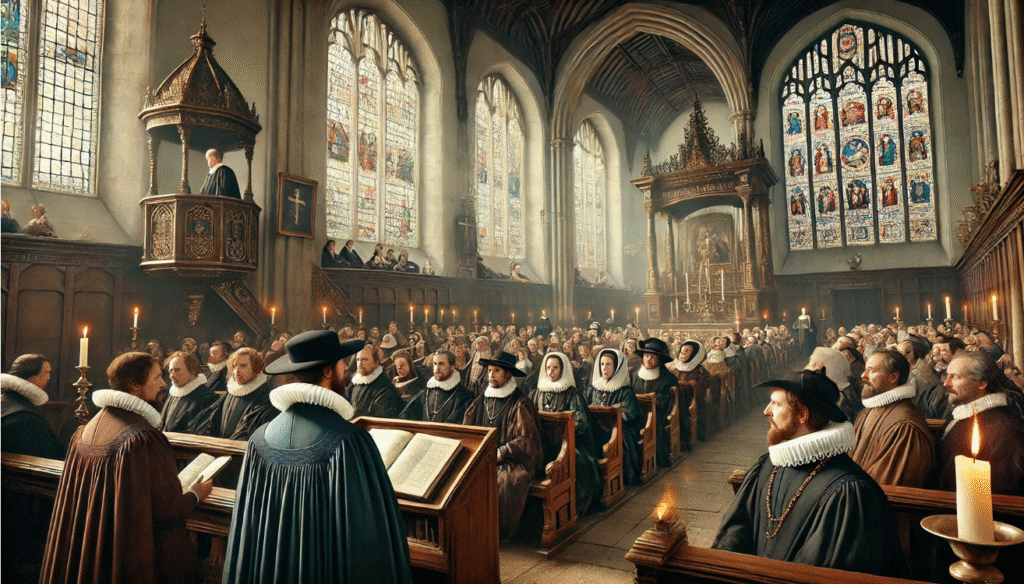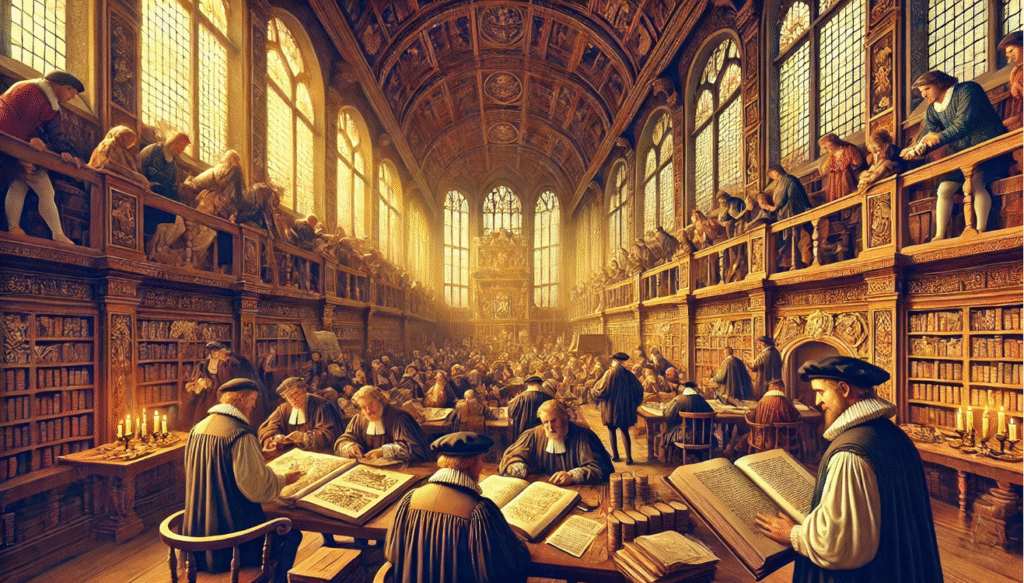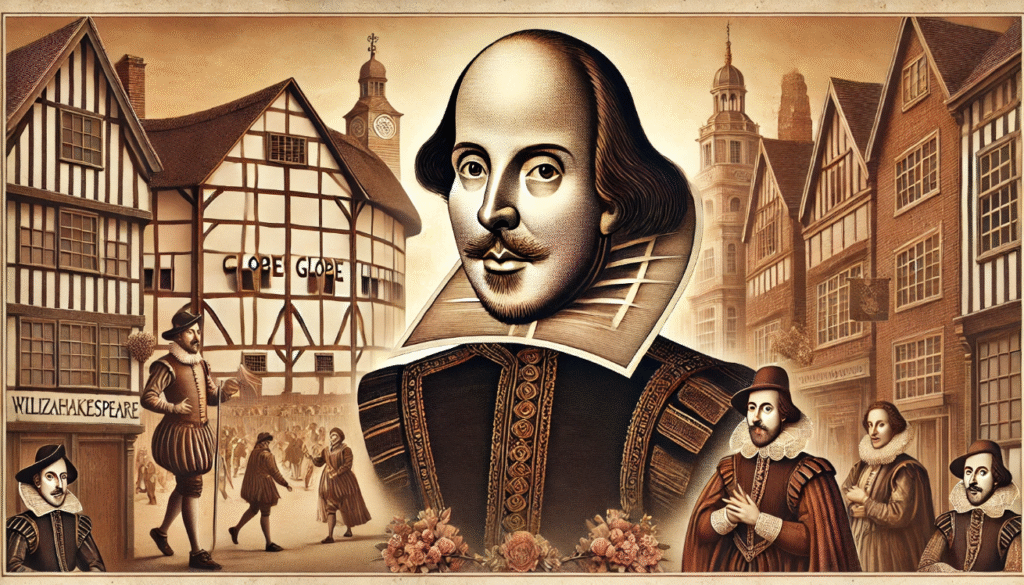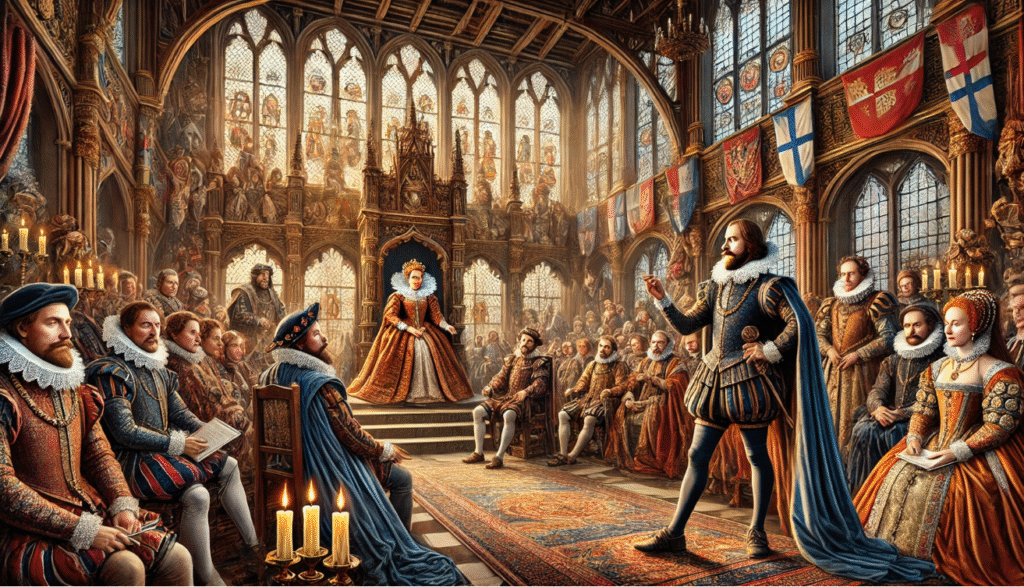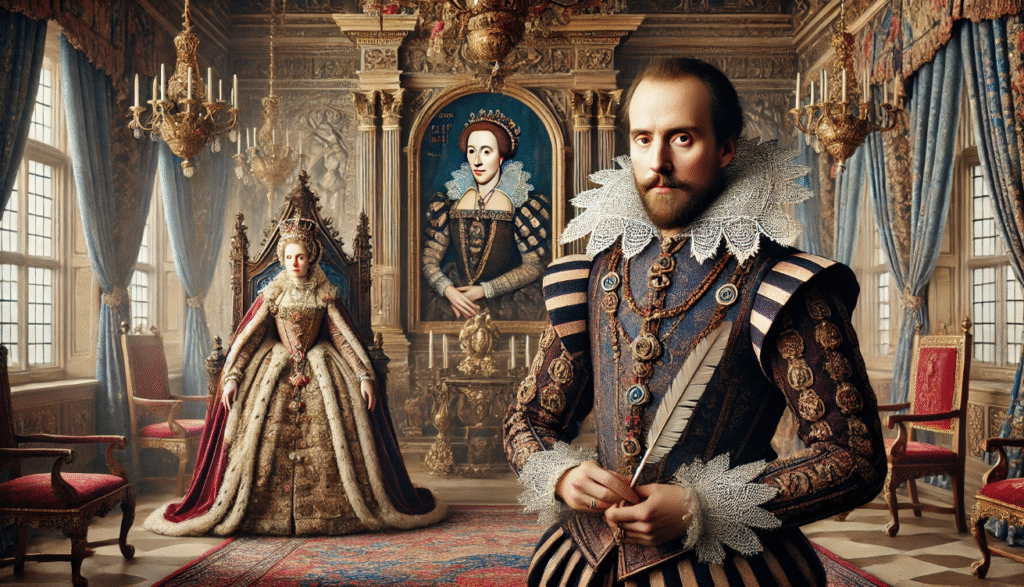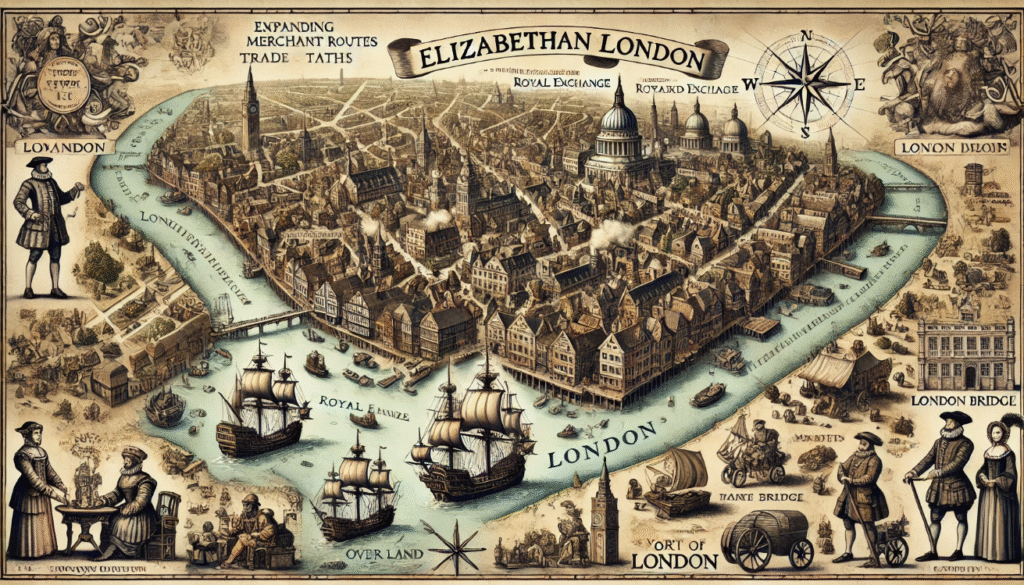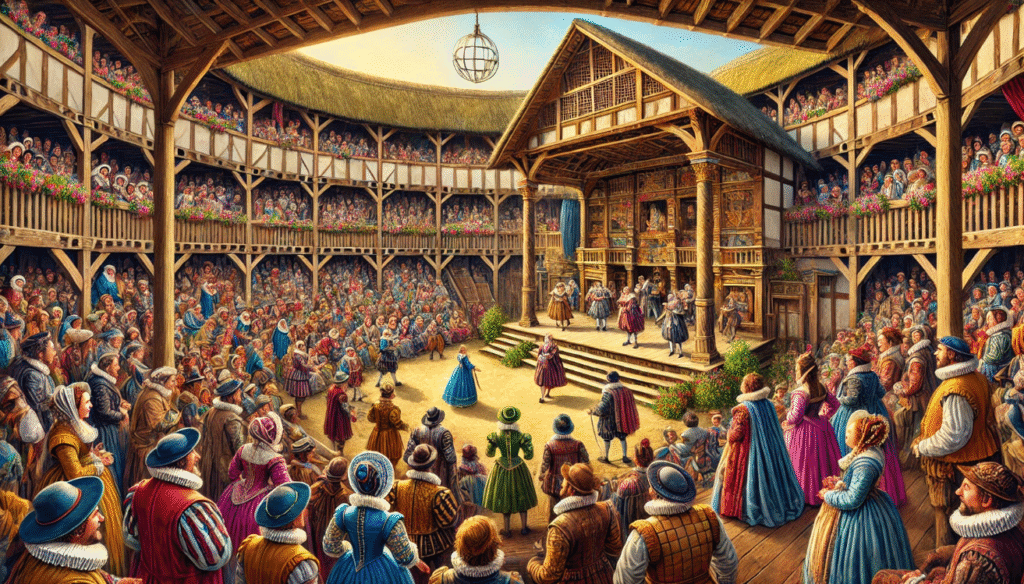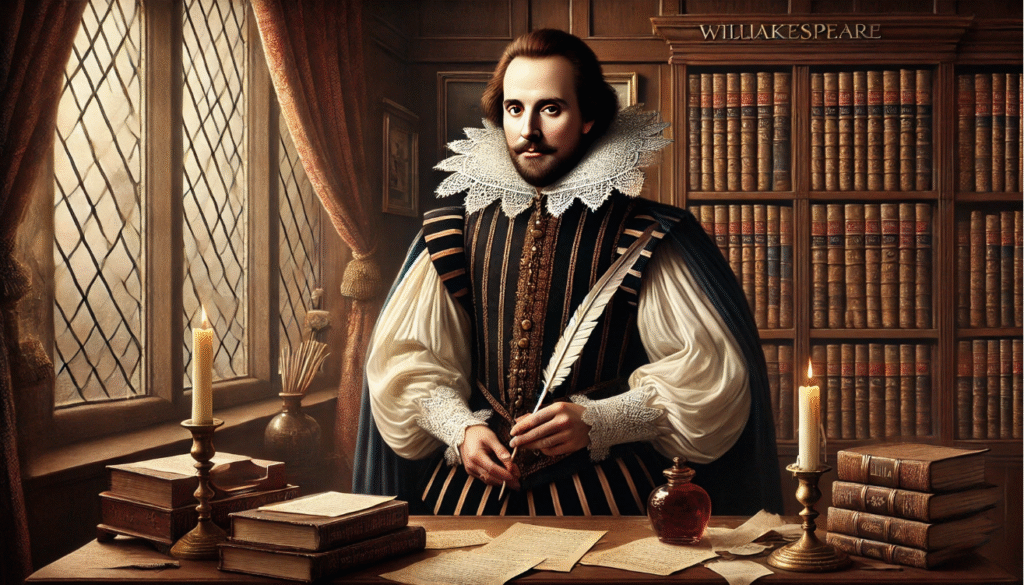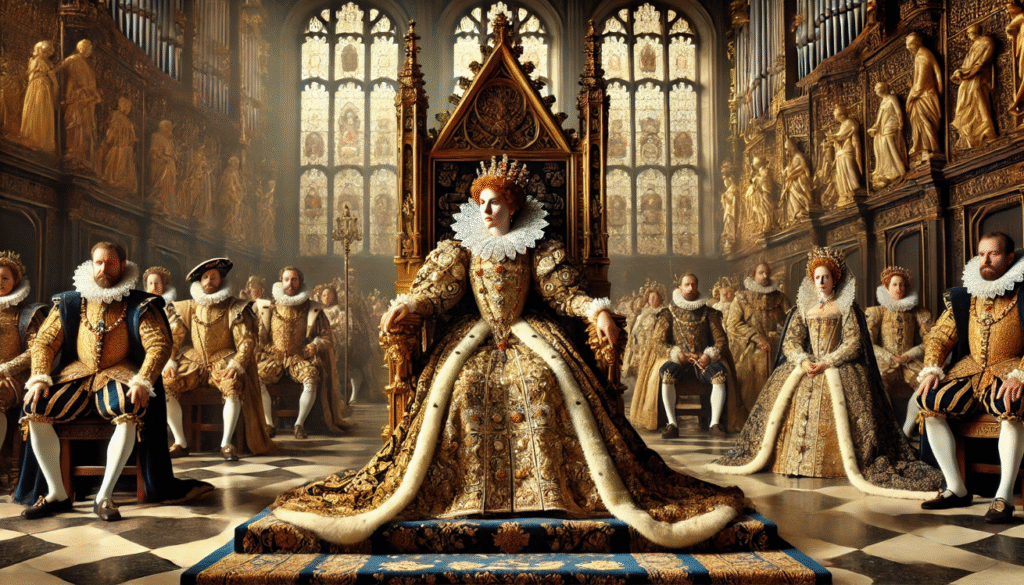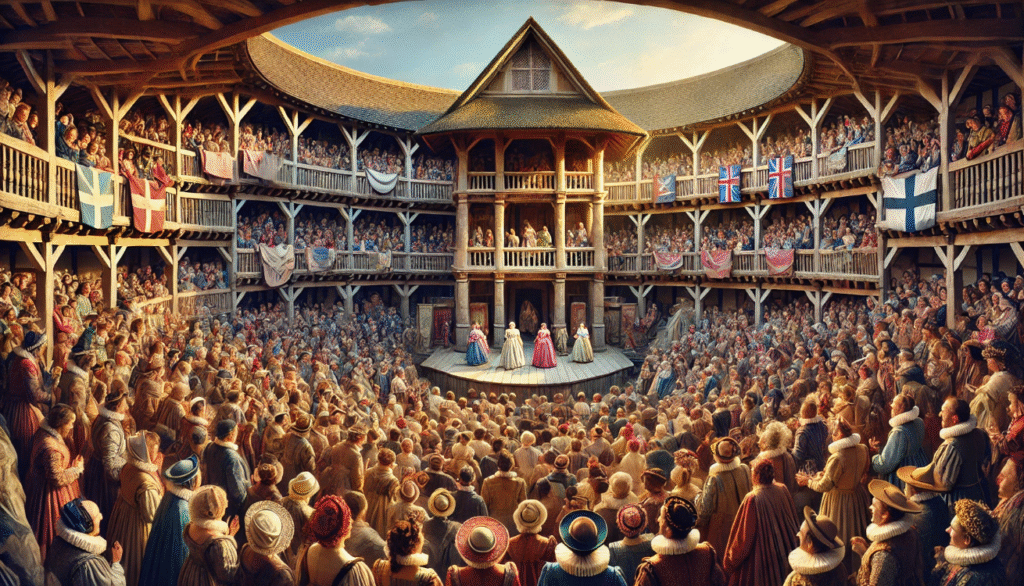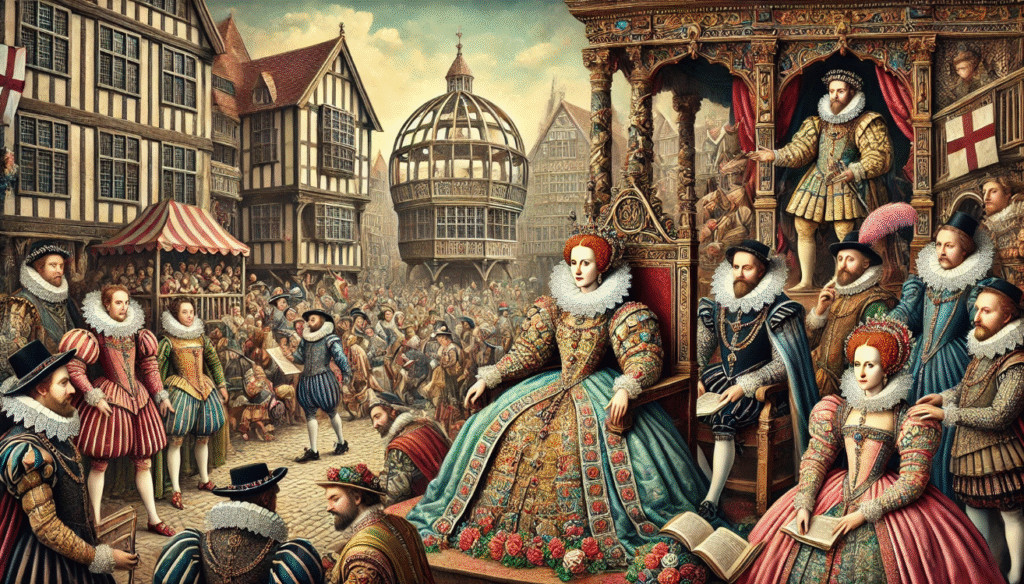 The Elizabethan era, which spanned from 1558 to 1603, was a transformative period in drama. It saw the flourishing of English Renaissance theatre and the works of playwrights like William Shakespeare, Christopher Marlowe, and Ben Jonson. Elizabethan theatre environment marked the rise of public playhouses, such as the Globe Theatre, which became central to the cultural and artistic achievements of the time. The theatre environment played a crucial role in shaping these achievements. It provided a platform for the exploration of complex themes and characters, as well as for the development of innovative theatrical techniques. The popularity of the theatre also helped to foster a sense of community and cultural exchange, as audiences from diverse backgrounds came together to experience the power of live performance.
The Elizabethan era, which spanned from 1558 to 1603, was a transformative period in drama. It saw the flourishing of English Renaissance theatre and the works of playwrights like William Shakespeare, Christopher Marlowe, and Ben Jonson. Elizabethan theatre environment marked the rise of public playhouses, such as the Globe Theatre, which became central to the cultural and artistic achievements of the time. The theatre environment played a crucial role in shaping these achievements. It provided a platform for the exploration of complex themes and characters, as well as for the development of innovative theatrical techniques. The popularity of the theatre also helped to foster a sense of community and cultural exchange, as audiences from diverse backgrounds came together to experience the power of live performance.
The Elizabethan theatre environment played a crucial role in the development of the Golden Age of Drama. It influenced the plays, playwrights, and audience experience in significant ways, shaping the theatrical landscape of the time. The unique characteristics of the Elizabethan theatre, such as the use of the Globe Theatre and the presence of a diverse and engaged audience, created a dynamic and vibrant atmosphere that fostered the creativity and innovation of playwrights like William Shakespeare and Christopher Marlowe. The immersive and intimate nature of the theatre experience during this time also had a profound impact on the way in which plays were written and performed, ultimately contributing to the rich and enduring legacy of Elizabethan drama.
The Historical Context of the Elizabethan Theatre Environment

The Elizabethan period, which lasted from 1558 to 1603, was a time of great cultural significance in England. It was during this time that Queen Elizabeth I reigned, and her patronage of the arts played a crucial role in shaping the cultural landscape of the era. Under Queen Elizabeth I’s rule, the arts flourished, and there was a renewed interest in literature, music, and theater. Some of the greatest works of English literature, including the plays of William Shakespeare and the poetry of Edmund Spenser, were produced during this time. The Elizabethan period also saw the rise of the English Renaissance, a cultural and artistic movement that was heavily influenced by the humanist ideas of the time.
Social factors such as the desire for community and shared experiences, political factors like the need for cultural expression and propaganda, and economic factors such as the rise of a leisure class and the development of urban centers all contributed to the rise of theatre. The human need for entertainment and storytelling has always been present, and theatre provided a way for people to come together and experience stories and performances that reflected their society and values. Additionally, political leaders and rulers often used theatre as a means of promoting their agendas and ideologies, while the growth of cities and wealth allowed for the support and patronage of theatrical productions. These combined social, political, and economic factors helped to create the fertile ground for the rise of theatre as a significant cultural and artistic institution.
Physical Aspects of the Elizabethan Theatre Environment
Architectural Design:
The Globe, The Rose, and The Swan are all famous theatres from the Elizabethan era. These open-air structures were designed with round layouts and featured raised stages to ensure visibility for all audience members. The Globe, in particular, is known for its iconic thatched roof and its association with the works of William Shakespeare. The Rose, on the other hand, was one of the first purpose-built theatres in London and is famous for its innovative design. The Swan, while not as well-known as The Globe and The Rose, also played a significant role in the development of theatre in Elizabethan England.
Stage Features:

Trapdoors, balconies, and the use of props are all common elements in theater productions, often used to create dramatic entrances and exits for characters or to enhance the visual aesthetic of a scene. However, in some forms of theater, such as minimalist or experimental productions, there may be a lack of elaborate sets, with the focus instead placed on the language and acting of the performers. This can create a more intimate and immersive experience for the audience, allowing them to fully engage with the storytelling and the emotions of the characters.
Seating Arrangements and Audience:

The pit, also known as the groundlings, was the area in the theater where the lower class patrons would stand and watch the performances. It was an open area with no seating, and tickets were more affordable, making it accessible to a wider range of people. The galleries, on the other hand, were elevated seating areas for wealthier patrons who could afford a more comfortable and exclusive viewing experience. In terms of social interaction, the pit was a more lively and interactive environment, as the groundlings would often engage with the actors and each other during the performances. The galleries, on the other hand, provided a more formal and reserved atmosphere for the wealthier patrons, with less direct interaction with the performers.
Social Dynamics and the Audience Experience
During the Elizabethan era, the theater was a popular form of entertainment for people from all walks of life. The audience was incredibly diverse, consisting of nobles, merchants, and commoners alike. This mix of social classes created a lively and interactive atmosphere within the theater, as people from different backgrounds came together to enjoy the performances. The theater was a place where people could come together and experience a shared sense of community, regardless of their social status. This diversity in the Elizabethan audience contributed to the vibrant and dynamic nature of the theater experience during that time.
The theatre has long served as a communal space for entertainment and social exchange. It provides a platform for people to come together and experience the magic of live performance, whether it be through a play, musical, dance, or other forms of artistic expression. The shared experience of witnessing a performance can create a sense of camaraderie and connection among audience members. Additionally, the theatre often serves as a meeting place for people to gather before and after shows, fostering conversations and relationships. Overall, the theatre plays a crucial role in bringing people together for the shared enjoyment of the arts and the exchange of ideas.
Influence of the Theatre Environment on Playwriting

Adaptation of plays to the physical limitations and opportunities of the stage is a crucial aspect of theatrical production. This involves creatively finding ways to bring the written word to life in a three-dimensional space, often with minimal sets and props. The use of language to create vivid imagery becomes essential in these situations, as it helps to transport the audience to different settings and time periods. Incorporating audience interaction and breaking the fourth wall is another technique that can add depth and immediacy to a performance. This allows for a more immersive experience and can create a sense of connection between the actors and the audience.
The Role of Theatre Companies and Actors

The Lord Chamberlain’s Men was one of the most prominent theatre companies in Elizabethan England, known for producing the works of William Shakespeare. The company was established in 1594 and consisted of a group of talented actors and craftsmen who were dedicated to bringing the playwright’s works to life on stage. The structure of The Lord Chamberlain’s Men was hierarchical, with a clear division of labor. The company was led by a group of shareholders who were responsible for the financial and administrative aspects of the business. Under them were the actors, who were also shareholders and played a crucial role in bringing the playwright’s vision to life.
The Elizabethan Theatre Environment as a Cultural Catalyst

The impact of theatre on Elizabethan culture and identity was immense. It provided a platform for societal reflection and expression, both reflecting and challenging the norms and issues of the time. Theatre served as a mirror to the society, depicting the struggles, values, and conflicts of the Elizabethan era. Theatre also played a crucial role in cementing the legacy of English drama. The works of playwrights such as William Shakespeare and Christopher Marlowe have had a lasting impact on the English language and literature, shaping the development of drama and storytelling for generations to come. Overall, the theatre of the Elizabethan era was a powerful force in shaping cultural identity, challenging societal norms, and leaving a lasting legacy on English drama.
Legacy of the Elizabethan Theatre Environment

The Golden Age of Drama, particularly the works of William Shakespeare and other Elizabethan playwrights, continues to inspire modern theatre and literature in a variety of ways. One way is through the preservation and reconstruction of Elizabethan theatres like The Globe. These efforts not only provide a historical context for the performance of these classic plays but also serve as a living tribute to the enduring legacy of Elizabethan drama. Additionally, the ongoing relevance of Elizabethan drama in contemporary performances demonstrates how these works continue to captivate and resonate with audiences. The timeless themes, complex characters, and rich language of these plays continue to inspire and influence modern theatre and literature, ensuring that the Golden Age of Drama remains a vital and impactful force in the arts.
The Elizabethan theatre environment played a significant role in shaping the Golden Age of Drama. The era was characterized by a flourishing of theatrical productions, with playwrights such as William Shakespeare and Christopher Marlowe creating enduring works that continue to influence storytelling and performance to this day. The innovation of the period, including the use of elaborate stage designs, complex plots, and dynamic characters, set the stage for modern theatre as we know it. It’s important to appreciate and explore the historical roots of modern theatre by studying the impact of the Elizabethan theatre environment. The enduring legacy of this era’s innovations in storytelling and performance continues to shape the way we experience and appreciate theatre today.

